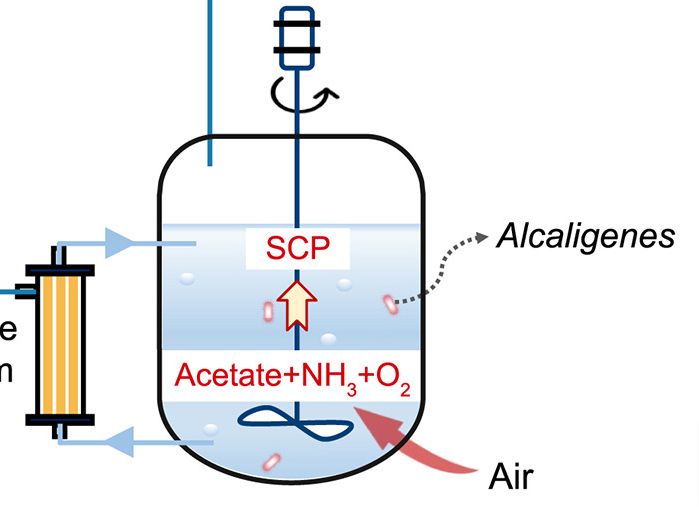Invention of blue light-emitting diodes (LEDs) by three scientists won them the Nobel Prize for physics. This innovative LED technology comes with many advantages such as they are energy efficient, bright enough to be used for regular lighting and last longer. But the increasing use of LEDs has certain drawbacks too, as found in a new study led by a pair of experts from Scion, a New Zealand research Institute. According to them LEDs serve light pollution and can cause ecological problems because flying invertebrates are more drawn to LED lights than the conventional incandescent bulbs used in outdoor lighting.
For insects, it’s still the blue light
LEDs are not new technology, however, as they did not emit white light their application as light source was limited. But with the invention of the blue LED has given way for white lamps that are highly energy efficient and last almost 100 times longer than bulbs. The light emitted from the LED bulbs appears white because of phosphor coating on blue light diodes that converts much of the light into a longer wavelength.
Insects as we know are drawn towards light, be it yellow or white, but researchers found that blue light (as produced by LED bulbs) attracted these insects even more. For humans light from LED bulbs are white, but the insects are equipped with photoreceptors for blue light and so can still see the blue light.
LEDs are interfering with food webs
Researchers conducted a study to analyze how attracted moths, flies and other insects are towards LEDs in comparison the traditional sodium vapor lamps. For a period of time, they placed sticky paper near lamps of both light types at night. The insect specimens were collected and counted. Surprisingly, the sticky paper placed next to LEDs had nearly 48 percent more nocturnal insects than the one placed next to less modern sodium vapor lamps. They even altered the light-bending coating or LEDs intensity to check any change in the number of insects attracted, but found no change in the result.
According to experts, these findings from the study indicate that LEDs are attracting more insects into urban areas. These insects become an easy pick for their predators and indirectly LEDs are interfering with food webs. The increasing use of LEDs in urban areas would lead to more pest problems and LED lights at seaports and boats could potentially contribute to the spread of invasive species as gypsy moths.
Nevertheless, the advantages of LEDs cannot be outweighed by such problems. One fourth of the world’s electricity generated is spent on lighting. Therefore, this energy efficient LED could definitely cut these costs.
Source: Smithsonian.com




